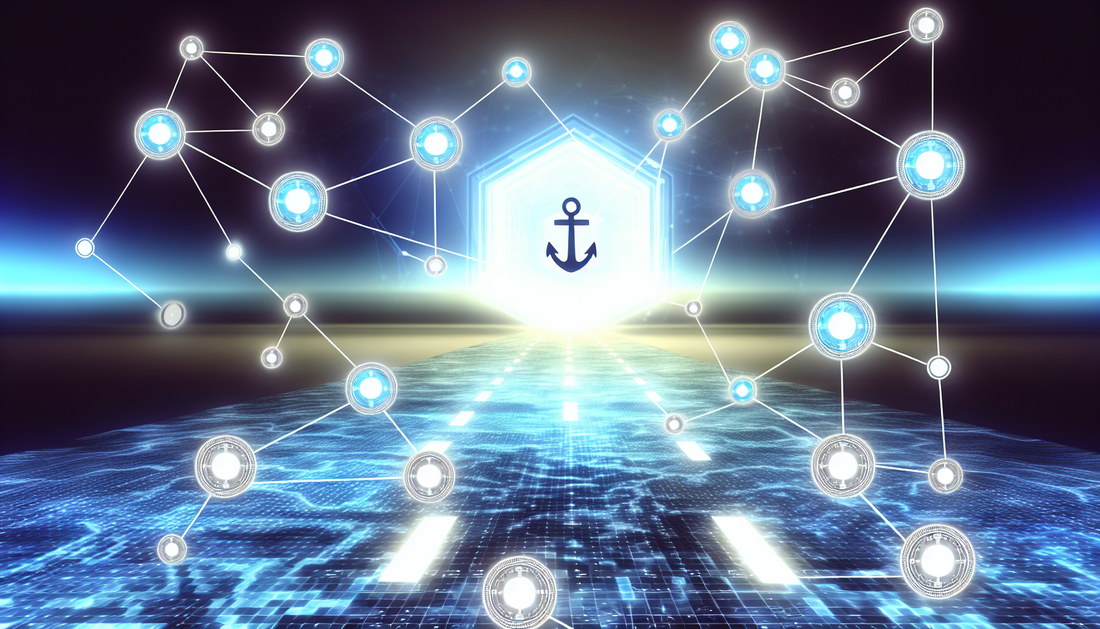
ANKR's Roadmap: Pioneering the Future of Decentralization
Share
Future Technical Prospects and Roadmap for ANKR
ANKR has steadily evolved from its origins as a decentralized cloud computing platform into a robust node infrastructure provider and a key player in the decentralized web movement. The protocol's current focus is on simplifying access to blockchain nodes while enhancing scalability and decentralization across the web. As part of its ongoing development cycle, ANKR continues to release updates and set goals for future technical improvement, aimed directly at supporting Web3-powered dApps, DeFi platforms, and blockchain networks.
One of the prominent technical prospects on ANKR’s roadmap is the expansion of multi-chain node infrastructure. With the growing ecosystem of layer-1 and layer-2 solutions across differing blockchains, ANKR positions itself as a bridge that can streamline the operational complexities of these infrastructures. This could involve significant enhancements to their current framework, offering native support for an even wider array of blockchain protocols. Interoperability is seen as a highly valuable aspect of ANKR's future, making their ecosystem an indispensable resource for developers aiming to operate across multiple chains.
Another key area of technical development lies in refining their approach to validator node deployment. In response to increasing demand from decentralized networks, ANKR is looking to simplify the process for node operators, allowing for easier staking and rewards mechanisms. This could involve the introduction of lighter-weight node infrastructure and more intuitive deployment systems, which would lower technical entry barriers for new participants in the validation process. Beyond convenience, the benefits of streamlined staking infrastructure can also be linked to security enhancements, contributing to a more resilient blockchain network.
The ANKR team has also expressed continued investment into decentralized RPC services (Remote Procedure Call services), which represent the core of its node as-a-service suite. By distributing these services across a more diverse ecosystem of nodes, the team automates network requests on multiple blockchains and ensures speed, reliability, and a reduced risk of central points of failure. Enhancing the decentralization, speed, and redundancy of these RPC nodes remains a top objective. This growth could correspond with improvements in bandwidth and reduced latency, both factors which drive better performance for dApps.
Lastly, the ANKR protocol has been pursuing advancements in liquid staking. Liquid staking derivatives allow users to engage in staking without locking up their assets. This remains a valuable area for future exploration, as fixing inefficiencies around liquidity and collateral management could drive more participants towards using ANKR's staking protocols.
